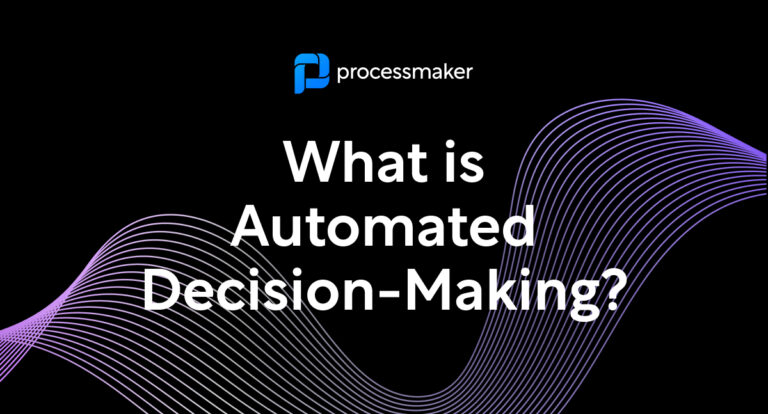IT is rapidly becoming more complicated. Add to it the challenges surmounted in managing the COVID-19 pandemic, which accelerated digital transformation by several years within two months. In terms of managing digital tools, orchestration and automation are similar in the fundamentals. However, their intent around enhancing business efficiencies is different. While both automation and orchestration play an essential role in reducing the time it takes to execute redundant and rules-based tasks, there are variances.
According to Statista, digital transformation spend will double by 2023. Further, the IDC has found that 30% of businesses intend to future-proof their business through digital initiatives in 2021.
Invariably, many organizations have spent much of 2020 adapting to indefinite remote work, virtual services, social distancing, and more. Many of these modifications relied on IT departments that were already overwhelmed with infrastructure maintenance and managing gaps in resources.
Unquestionably, the COVID-19 pandemic has changed how companies prioritize digital transformation strategies. It’s no longer just about agility but also about having the resiliency to overcome and adapt to any future challenges quickly. Let’s take a look at how end-to-end process orchestration benefits the ability to scale the enterprise regardless of unexpected obstacles.
What is end-to-end process orchestration?
An end-to-end process is a complete solution that allows an organization visibility into everything required to achieve an end result. Orchestration refers to automating various tasks simultaneously. Therefore, process orchestration is more complex relative to straightforward automation. Orchestration is designed to manage multiple automated tasks that can complete a larger workflow. As such, orchestration requires detailed coordination to streamline business operations and processes and reduce cycle times successfully.
For the most part, automation is not a new topic — it has been around for several decades. Moreover, the advantages of implementing automation are well documented. Automating manual processes can help organizations achieve the following:
- Reduction in human error while increasing reliability
- Making processes more efficient while mitigating the need for manual intervention
- Helping the organization achieve more in less time
- Decreasing the overwhelming workload of repetitive and time-consuming tasks
Often, automation is deployed based on the opportunity to do so. For instance, automation can assist with nightly batch processes, while scripts help transfer data between systems.
In contrast, end-to-end process orchestration unifies every individual and automated task to manage a complete process lifecycle and with a centralized dashboard. Instead of only using traditional automation, process orchestration can provide the following:
- Decrease the need for customized scripts
- Coordinate and consolidate disparate tools
- Centralize and monitor large workflows
- Manage compliance and audit requirements from a centralized portal
- Integrate new technologies from one platform
End-to-end process orchestration can integrate silos throughout enterprise teams and departments seamlessly. You can micromanage every process from initiation to completion, receiving data-driven insights and better control over the collaboration between your human and virtual workforce. Other benefits include:
- Decreasing the risk of implementing new platforms and tools
- Ensures your systems are always ready for new technologies
- Improves SLA execution
- Manages your worker bots
- Provides quick data-driven insights to optimize decision making
Why end-to-end process orchestration matters
Enterprise organizations must have the capacity to adapt to the regulatory, technological, marketplace quickly, and economic changes. Moreover, the ability to immediately integrate new platforms and technologies is paramount.
The outdated approach to automation is to apply it in silos where it worked well in slow-changing and homogeneous environments. In the digital age, modern environments incorporate a wide-ranging mix of on-premises and cloud-based systems and tools, including a bevy of multiple vendor solutions.
Also, change has accelerated at a rapid clip. New technologies debut daily. It is no longer efficient for in-house IT teams to spend time writing, testing, and revising custom scripts to transfer data.
End-to-end process orchestration matters because it offers many automation tools with the same capabilities and extensibility. It offers the opportunity to streamline integrations either through APIs or direct integrations. End-to-end process orchestration goes beyond supporting one vendor per platform. So, your organization can quickly integrate any technology.
Further, you can seamlessly incorporate dependencies and data from your new tools using low-code, drag-and-drop interfaces. You can also monitor and maintain your disparate processes and their resources from your process orchestration platform.
Essential automation tools cannot keep up with the pace of continually-evolving, and diverse tech toolsets many companies rely on to maintain a competitive advantage in the always-on global marketplace. As a result, the enterprise must continue to transition to extensible orchestration platforms to manage multiple automated processes from one repository.
Benefits of end-to-end process orchestration
Certainly, orchestration improves service levels while boosting process speed. Listed below are other benefits of deploying end-to-end process orchestration.
Save time and money – Decrease operational costs when you streamline and automate time-consuming manual tasks and business workflows. Free up skilled workers to focus more time on their areas of expertise and strategic business initiatives while improving productivity. In essence, orchestration optimizes resource allocation.
Reduce errors – Automate repeatable processes to minimize or eliminate human error. You get a reliable workflow and improve your bottom line without expensive errors in the way.
Accelerate operations – Orchestration and automation reduces deployment time of enterprise business services. Mitigate potential escalations, and accelerate operations. You can also automate incident management to assist in minimizing downtime by identifying outages more rapidly.
Standardize workflows — When you standardize processes and workflows, your outcome is more reliable and consistent. As a result, so are your products and services.
Improve the employee experience — Your staff can spend less time on repetitive and manual tasks and more time on creative and challenging work. Therefore, they may enjoy their work environment more.
How to choose the right end-to-end orchestration platform
End-to-end orchestration is a complex task. When considering a platform, take time to answer these questions:
- What types of workflows do you need to orchestrate?
- Is it user-friendly?
- What does the learning curve look like?
- Will it create an audit trail as required for regulatory compliance?
- Can it handle scaling up or scaling down?
- Can it keep up with an increasing amount of data processing?
Final thought
End-to-end process orchestration executes automated processes while monitoring and managing the entire lifecycle. Further, it does not require an extensive background in Java or .NET coding as this type of coding is not relevant for business users.
Instead, end-to-end processes orchestration uses low-code, which makes sense for business users and is far less expensive and time-consuming than writing Java code. ProcessMaker provides award-winning intelligent business process management software that helps organizations seamlessly create, implement, integrate, and evaluate their business processes.





